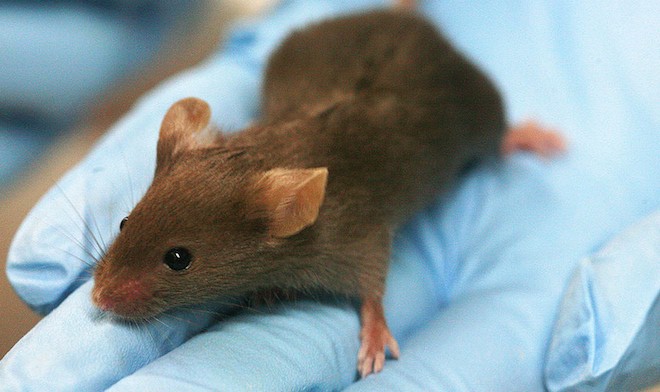
 Rama (CC), Flickr
Rama (CC), Flickr
The farm practice that underlies most agricultural use of antibiotics is known as “growth promotion”: It calls for giving very small doses of antibiotics routinely to meat animals because those doses cause them to gain fat and muscle more quickly than they would otherwise. Growth promotion dates back to the early days of the antibiotic era, and has always been somewhat mysterious. Though there were attempts to pick apart its mechanisms in the 1950s and 1960s (I’ve been reading some fascinating old accounts), for the most part, people simply accepted that it worked. It’s only in the past decade or so, as interest has increased in the microbes that reside everywhere in our and animals’ bodies (a vast community generally known as the microbiome), that researchers have begun trying to dissect what is going on.
The scientific team that has probably pursued this most intensely is the NYU Langone Medical Center lab led by Martin J. Blaser. Blaser published a popular account of their research into antibiotics’ effect on obesity, asthma, diabetes, and other disorders in Missing Microbes: How the Overuse of Antibiotics Is Fueling Our Modern Plagues, published in April. (Disclosure: I reviewed the book for Nature.) Two years ago, the team showed that giving small doses of antibiotics to very young mice affected genes controlling metabolism of nutrients, and caused the mice to gain weight. Now they have followed up that research with detailed work exploring how much the timing and length of antibiotics affects weight gain. Though the work is still in mice, it leads to provocative conclusions about how growth promoters work in livestock, and what early-life antibiotics might do to humans as well.


